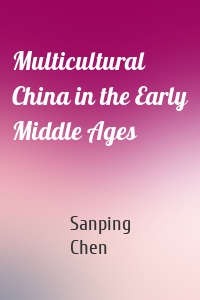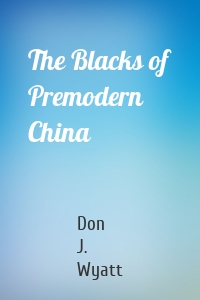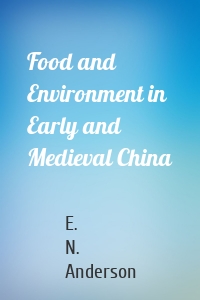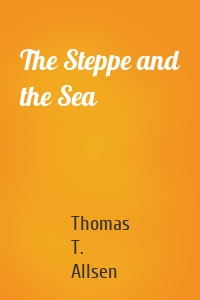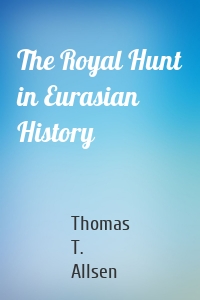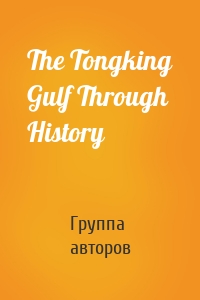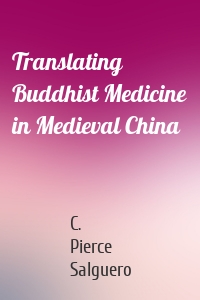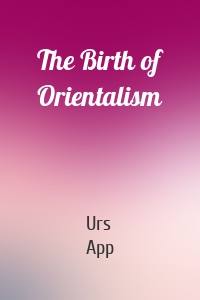Серия "Encounters with Asia"
9 кн.Скачать лучшие книги серии Encounters with Asia - автор Sanping Chen в формате fb2 или читать онлайн, бесплатно и без регистрации. Читаемые, полные версии книг, без сокращений - на сайте Knigism.online. Скачать книги полностью в количестве 9 шт.
Multicultural China in the Early Mi...
In contrast to the economic and cultural dominance by the south and the east coast over the past several centuries, influence in China in the early Middle Ages was centered in the north and featured a significantly multicultural society. Many events that were profoundly formative for the future of East Asian civilization occurred during this period, although much of this multiculturalism has long been obscured due to the Confucian monopoly of written records. Multicultural China in the Early...
| Автор | Sanping Chen |
The Blacks of Premodern China
Premodern Chinese described a great variety of the peoples they encountered as «black.» The earliest and most frequent of these encounters were with their Southeast Asian neighbors, specifically the Malayans. But by the midimperial times of the seventh through seventeenth centuries C.E., exposure to peoples from Africa, chiefly slaves arriving from the area of modern Somalia, Kenya, and Tanzania, gradually displaced the original Asian «blacks» in Chinese consciousness. In The Blacks of...
| Автор | Don J. Wyatt |
Food and Environment in Early and M...
Chinese food is one of the most recognizable and widely consumed cuisines in the world. Almost no town on earth is without a Chinese restaurant of some kind, and Chinese canned, frozen, and preserved foods are available in shops from Nairobi to Quito. But the particulars of Chinese cuisine vary widely from place to place as its major ingredients and techniques have been adapted to local agriculture and taste profiles. To trace the roots of Chinese foodways, one must look back to traditional food...
| Автор | E. N. Anderson |
The Steppe and the Sea
In 1221, in what we now call Turkmenistan, a captive held by Mongol soldiers confessed that she had swallowed her pearls in order to safeguard them. She was immediately executed and eviscerated. On finding several pearls, Chinggis Qan (Genghis Khan) ordered that they cut open every slain person on the battlefield. Pearls, valued for aesthetic, economic, religious, and political reasons, were the ultimate luxury good of the Middle Ages, and the Chingissid imperium, the largest contiguous land...
| Автор | Thomas T. Allsen |
The Royal Hunt in Eurasian History
From antiquity to the nineteenth century, the royal hunt was a vital component of the political cultures of the Middle East, India, Central Asia, and China. Besides marking elite status, royal hunts functioned as inspection tours and imperial progresses, a means of asserting kingly authority over the countryside. The hunt was, in fact, the «court out-of-doors,» an open-air theater for displays of majesty, the entertainment of guests, and the bestowal of favor on subjects. In the conduct of...
| Автор | Thomas T. Allsen |
The Tongking Gulf Through History
Since 2005, a series of significant developments has been unfolding in the area of the Tongking Gulf under the rubric of an ambitious project called «Two Corridors and One Rim.» Proposed by Vietnam in 2004 and enthusiastically embraced by China, the project is designed to link their shared shores and hinterlands by superhighways and high-speed rail. An area that had seemed a backwater for two hundred years has suddenly become a dynamic engine of growth. Yet how innovative are these...
| Автор | Группа авторов |
The Writing on the Wall
Students in Japan, China, and Korea are among the world's top performers on standardized math and science tests. The nations of East Asia are also leading manufacturers of consumer goods that incorporate scientific breakthroughs in telecommunications, optics, and transportation. Yet there is a startling phenomenon known throughout Asia as the «creativity problem.» While East Asians are able to use science, they have not demonstrated the ability to invent radically new systems and paradigms...
| Автор | William C. Hannas |
Translating Buddhist Medicine in Me...
The transmission of Buddhism from India to China was one of the most significant cross-cultural exchanges in the premodern world. This cultural encounter involved more than the spread of religious and philosophical knowledge. It influenced many spheres of Chinese life, including the often overlooked field of medicine. Analyzing a wide variety of Chinese Buddhist texts, C. Pierce Salguero examines the reception of Indian medical ideas in medieval China. These texts include translations from...
| Автор | C. Pierce Salguero |
The Birth of Orientalism
Modern Orientalism is not a brainchild of nineteenth-century European imperialists and colonialists, but, as Urs App demonstrates, was born in the eighteenth century after a very long gestation period defined less by economic or political motives than by religious ideology. Based on sources from a dozen languages, many unavailable in English, The Birth of Orientalism presents a completely new picture of this protracted genesis, its underlying dynamics, and the Western discovery of Asian...
| Автор | Urs App |


